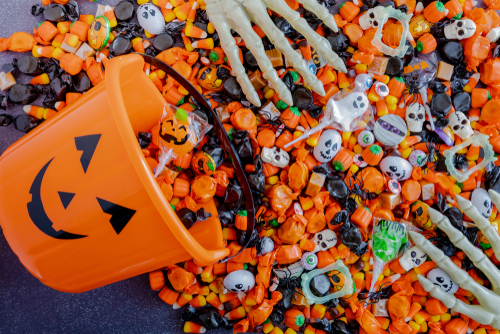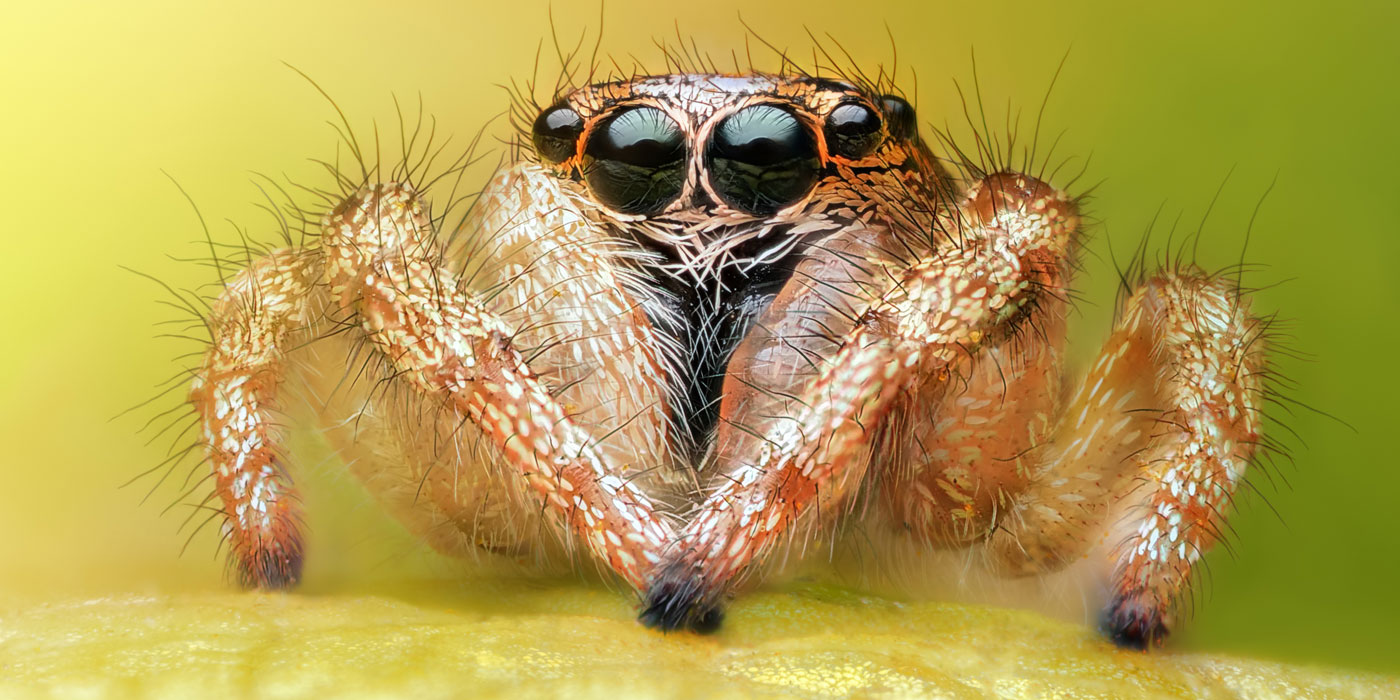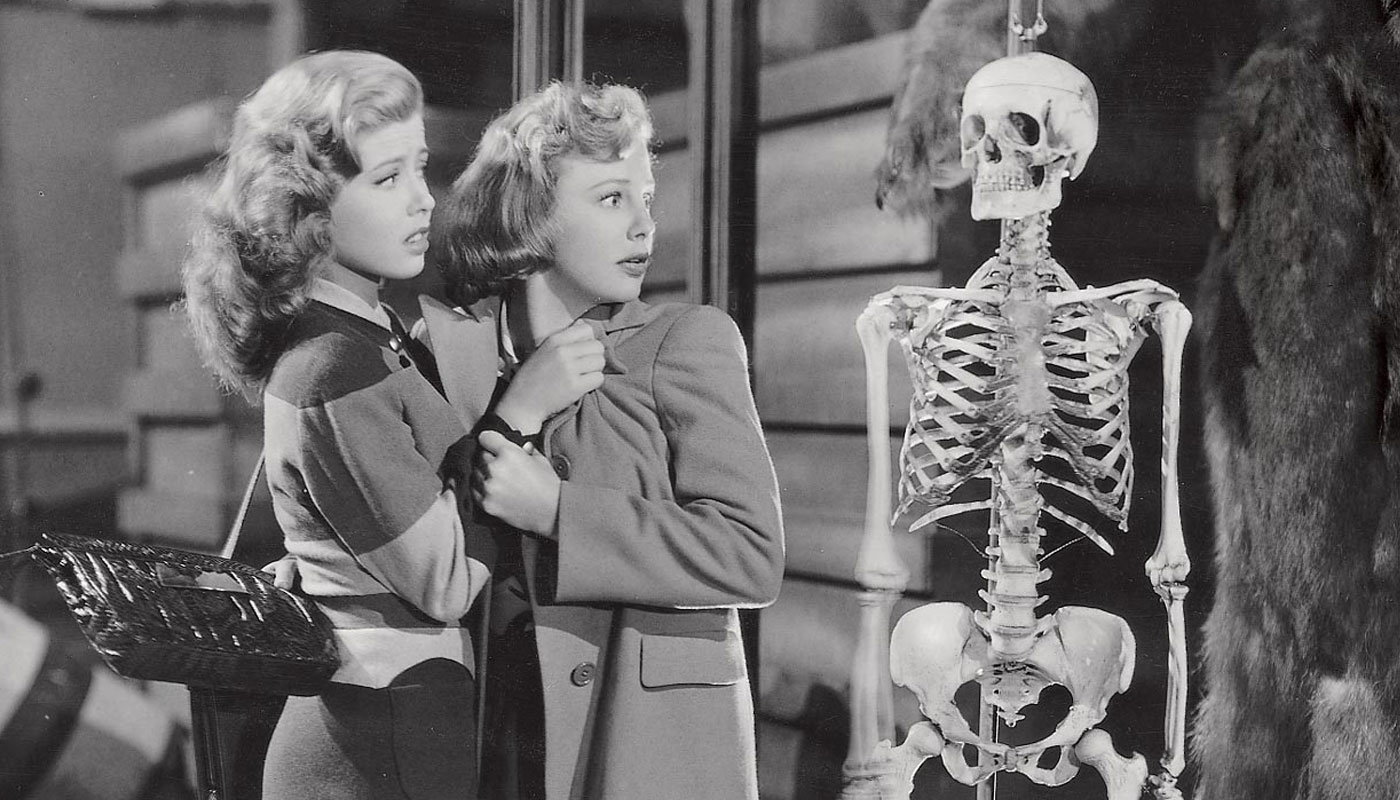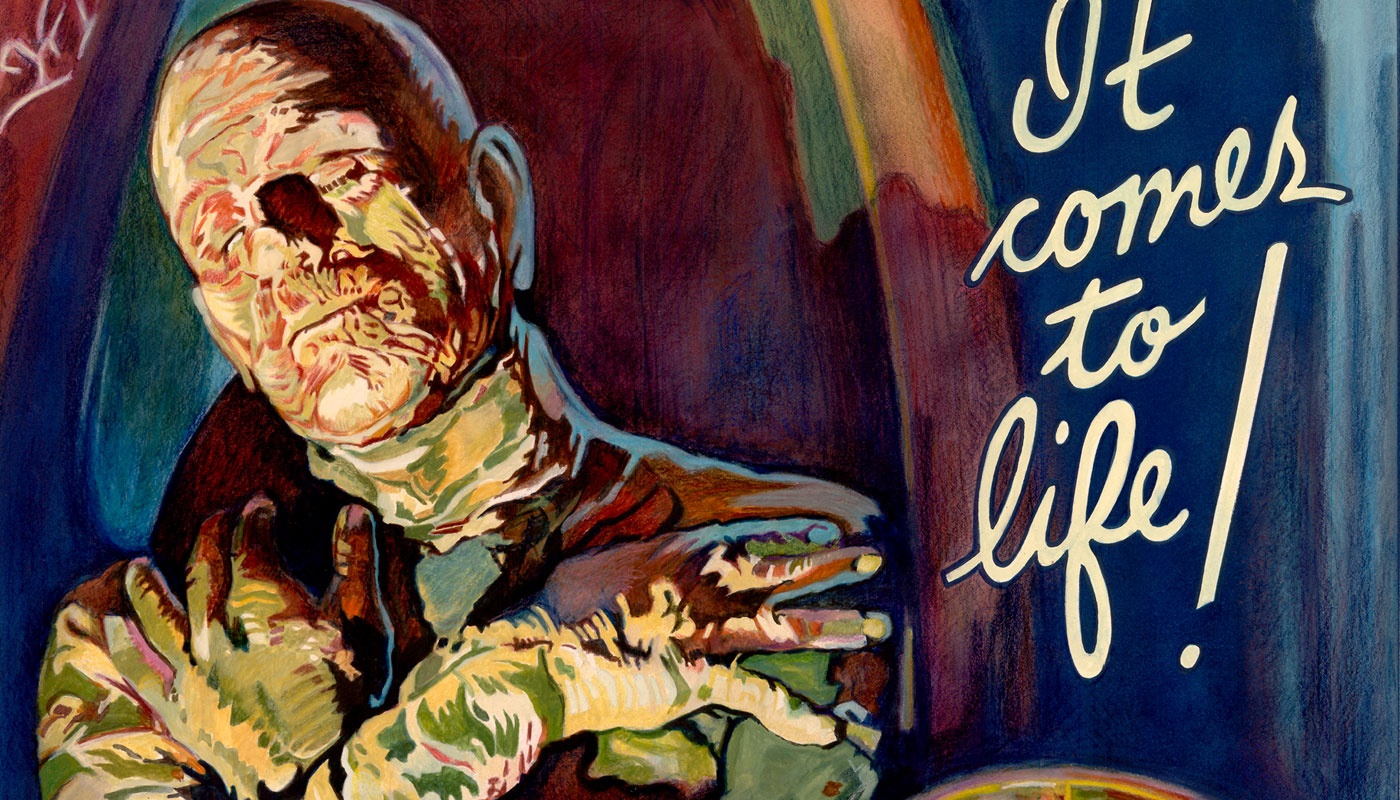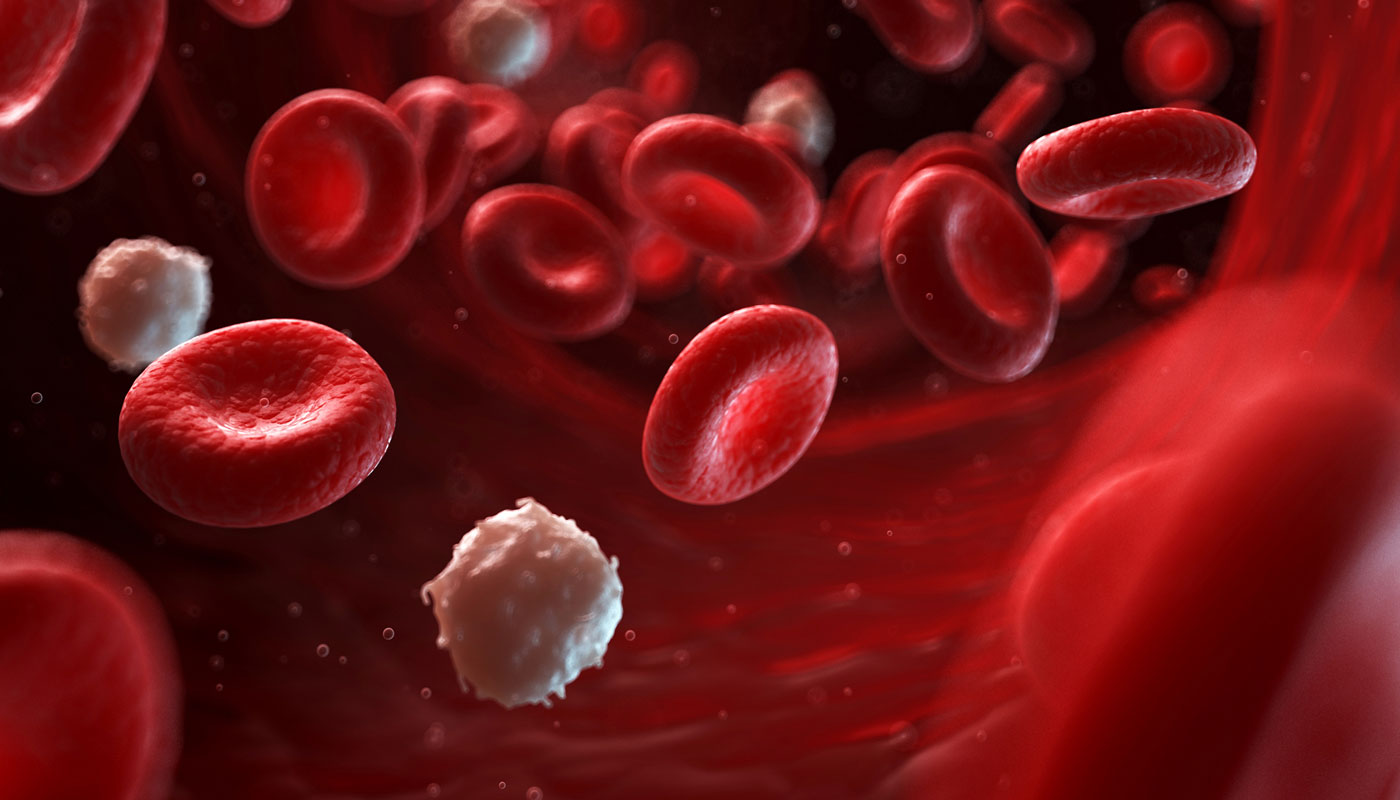Cross-Curricular Lessons for Halloween 2022
- October 24, 2022
- By KIDS DISCOVER
October 31st, Halloween, is fast approaching! Because your students may have costumes and candy on their brain, it may be a little tricky to keep students focused on All Hallows Eve. You may want to use Kids Discover Online as a resource for academic holiday lesson ideas with your students. Celebrate by sharing these 5 spooky cross-curricular lesson ideas with your students from our Nutrition, Mummies, Bones, Blood, and Spiders Units.
Health
Have students find the nutrition labels from their favorite Halloween candies. They can compare and contrast the nutritional values of the different treats. They can use different criteria for ranking the candy, such as the contribution to daily values, the amount of total fats and saturated fats; and the size of a serving. Ask them to predict which ingredient may affect the nutritional value the most. Afterward, you can give a refresher on the importance of healthy eating with our Nutrition Unit.
Language Arts
The beginning of a book or magazine article should catch a reader’s attention and make them want to read on and learn more. Have a student read aloud the opening paragraph from Comparing Spiders and Insects from our Spiders Unit. Ask students to discuss what they think is interesting about it. Then have students write their own opening paragraph to an article on spiders. Bonus points if it’s extra spooky for Halloween!
Art
In Animal Bones, from our Bones Unit, students learn that vertebrates are bilaterally symmetrical, but the left and right sides are never identical. Have students try their hand at sketching a symmetrical human or animal face where the left and right sides are identical. Explain that after they have created their drawing (but not while they are drawing), you will have them fold the face in half lengthwise and hold the paper up to the light to see through the paper to see if both sides are identical.
Science
Students can demonstrate the drying effects of salt. After reading our Mummies Unit, have students place a piece of bread in a plastic sandwich bag, leaving the bag unsealed. In another bag, have students place a piece of bread, completely cover the bread in salt, and leave the bag unsealed. After several days, students should put on rubber gloves and remove the bread from the bags. Have them compare the pieces of bread, noting whether one piece is dryer than the other, whether mold grew on them, and so on. Make sure students dispose of the bread and bags.
Language Arts
In How Blood Keeps Us Alive, from our Blood Unit, students learn about many things that are in a speck of blood, including plasma, platelets, and germs. Have students compare each thing that is found in blood with a common object. One example is: “Fibrinogen is like glue because it causes platelets to stick together at the site of a cut.” Then students can draw a picture or write a short play or song to help other students remember the functions and abilities of the components of blood.
